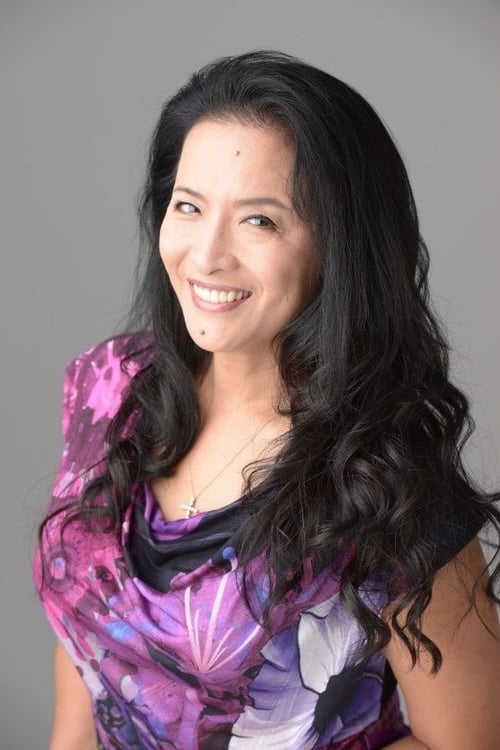
Kimiko Ikegami
Nacimiento : 1959-01-16, New York City, New York, USA
Historia
From Wikipedia, the free encyclopedia.
Kimiko Ikegami (born January 16, 1959) is a Japanese actress. Born in Manhattan, New York City, she moved to Kyoto at age 3. Kimiko graduated from Horikoshi High School in Nakano, Tokyo and subsequently attended Tamagawa University. She is closely related to the Bandō Mitsugorō kabuki actors: her grandfather was the eighth, her uncle the ninth (later Bandō Minosuke VII), her cousin (Bandō Yasosuke V) the tenth to take that name. With the encouragement of that cousin, Kimiko turned to acting.
She made her television debut in 1975 in the NHK show Maboroshi no Pen Friend, and in that year also appeared in Ai to Makoto on TV Tokyo. Her entry into film came in 1975, when she appeared in Hadashi no Seishun (Shochiku). In Taiga drama series, Kimiko portrayed Ōhime Kusa Moeru (1979) Chacha (later named Yodo-Dono) in the 1981 Onna Taikō-ki, Lady Tsukiyama (the wife of the title character) in Tokugawa Ieyasu (1983), and Eri (Lady Aburakawa, concubine of the title character) in Takeda Shingen. Other jidaigeki roles have included Sumi in the 1988 NHK Miyamoto Musashi Okon in Tōyama no Kin-san (1989), and Nami in the 2003 TV Tokyo Chūshingura: Ketsudan no Toki. Contemporary roles include the yakuza in Gokudō no Onna-tachi Revenge (the thirteenth in the series) and the female lead in Shiroi Kyotō (TV Asahi, 1990). She appears frequently as a guest star on television series such as Mito Kōmon.
Kimiko also recorded a song, Nagasarete, on the Victor Entertainment label. The 1984 release (as of 2006, out of print) was the theme song for the show Kiryūin Hanako no Shōgai.
Her honors include the 1990 Japan Jewellery Association Best Dresser Award.
Description above from the Wikipedia article Kimiko Ikegami, licensed under CC-BY-SA, full list of contributors on Wikipedia
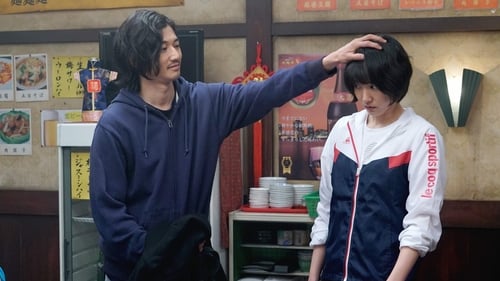
To get revenge on her ex-boyfriend and to help revive her late mother's tennis table club, a table tennis prodigy decides to take part in a mixed doubles table tennis tournament.

Machiko Sasamori
When the clock's hand turns into a knife, parent-child bonds are torn!

Kazuko Shimazaki
Kota Mizutani, a 10-year-old boy whose health worsened after he saw a murder, is brought to Akiko's clinic by his mother Mariko. Kota says that two months ago, he witnessed a man in a park strangling a woman with a cord and was chased by the man afterwards. Hamada, who listens to his story along with Akiko, immediately performs an investigation but cannot find any traces of the crime. However, Kota's testimony gains credence when the body of a woman killed two months before is discovered on a construction site in Kawagoe. Acting on a tip from a citizen who says she had been wearing the same clothes as the victim, the police search the house of Kazuko Shimazaki, a photographer who is often absent. But when Kazuko returns from her trip with her assistant Hirano, it becomes clear the victim is a different person.


Tamura Masakazu returns as Nemuri Kyoshiro for the fourth and final time. Gensai, an eccentric Ukiyoe artist, urgently requests Kyoshiro to kill his wife. He believes that the moment she is killed will represent the ultimate state of beauty, and wishes to see Kyoshiro's signature “Engetsu Sappo” (“Full Moon Cut”) killing technique for the purpose. But this unusual request comes not only from Gensai, but also his wife, Orin, who has a tie to Kyoshiro's past. Meanwhile, Tenzen wants to hire Kyoshiro as their master sword instructor for the Kurume Clan, whose lord has an unhealthy obsession with Kyoshiro and his Engetsu Sappo…

Sakai Nobunari an Elder in 'Honmaru' (or the main enclosure) and Mizuno Tadakuni an Elder in 'Nishinomaru' (or the south-east enclosure) have been at odds behind the scenes over the marriage of Tokugawa Ieyoshi, heir to the Shogunate. Kyoshiro, who has come back in Edo after 3 years is involved in it against his will. It's because he gets to know Lady Mihoyo who is a spy for Sakai and looks exactly like his late mother. As she couldn't complete her mission she has nowhere to go. Kyoshiro shelters her from both parties that seek her life. The original story is from "Nemuri Kyoshiro Burai Hikae" written by Shibata Renzaburo. Not only is one of Japan's greatest legends kept alive, but some secrets of Kyoshiro's past are finally revealed for the first time.

One day poison is discovered in the shogun's food. The brilliant swordsman Mondo sets out to save Japan's leader from certain death.
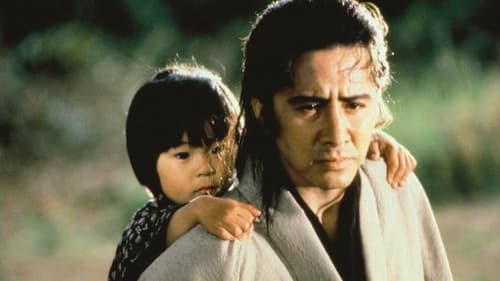
Yagyu Chizuro
Ogami Ittō, un samurái que sirve al shogun como "Kogi Kaishaku-nin" (verdugo oficial) es el objetivo de una conspiración clan Yagyu para tomar su trabajo y reemplazarlo con un miembro de su propia familia. Cuando su esposa es asesinada y la evidencia parece demostrar que está conspirando contra el Shogun, el código Bushido requiere que cometa seppuku. En cambio, desafía las órdenes del Shogun y toma las armas con su hijo pequeño contra sus enemigos, convirtiéndose en un asesino para contratar.

In a maelstrom of evil, can a new magistrate, samurai Mochizuki Koheita, with a reputation like an alley cat, bring order to the town of Horisoto, or is he, too a corrupt villain looking to gain wealth from the oppressed people? From the pen of famed samurai author Yamamoto Shugoro, this exciting tale turns the tables on the standard samurai story with a unique lead character previously portrayed in Ichikawa Kon’s “Dora Heita.”

Okiku
The classic tale of the shogun's illegitimate son Aoi Shingo is told in three parts as he strives to become the greatest fencer in Japan, while his father Shogun Tokugawa Yoshimune seeks to reunite with his lost son. When the secrets of Shingo's birth are revealed to him, it sets off a series of events that bring him to cross swords with members of the shogun's inner circle in a series of duels that could change the destiny of Japan.
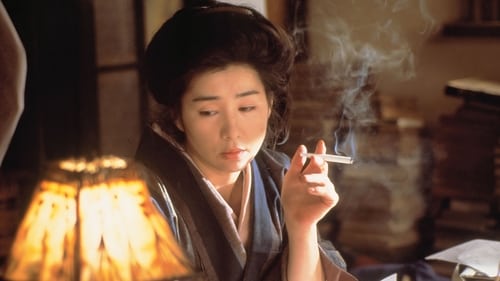
Akiko Hatano
Set in the Taisho era, which might be regarded as Japan's Hippie Phase, Hana no ran is a story about fashionable people without impulse control. Much of the action centers on a popular woman writer, the real-life poet Akiko Yosano, and her experiences among the literati of early 20th century Japan. Because of her independent, anti-war and often erotic poetry, she was a lightning rod for revolutionaries and other extremists, many of whom were destined to glamorous, yet ultimately pointless, deaths. The closest parallels might be the Byron/Shelley group or the people drawn to the Beat Generation.

Satoko Tsutano
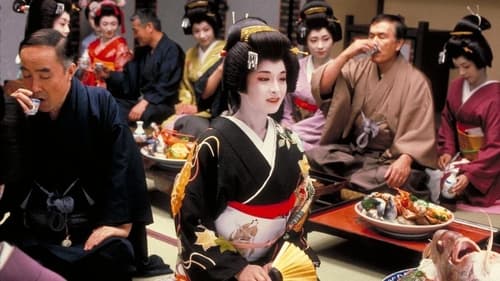
Momowaka
Yokiro was the most successful Geisha house in Western Japan during the first half of the 20th century and remains open to this day. At its peak, it was home to over 200 geisha, however behind the fabulous facade, there were many battles - between family members, men and women, and with the Yakuza. Momokawa was sold to Yokiro at age 12, and despite being the top geisha, her many complicated relationships provide unending challenges throughout her glamorous but turbulent life.

Rennyo was the key figure responsible for the restoration of Shin Buddhism in Japan, in particular the Honganji lineage that had a slump in its fortunes during the Middle Ages. According to the legend, his motivation was a pivotal childhood incident at the age of six when his mother summoned him and told him about his destiny to revive the fortunes of the Honganji school to which he was the next in line. She then mysteriously disappeared from the temple. Taking her words to heart, from a background of great poverty and hardship, at the age of 16 he set out to spread the word across the land.

Reiko Sawai (Zero)
A high school science teacher is the butt of all his students' jokes, until their bus is hijacked on a school trip. But something more sinister lurks beneath the surface: he's building an atomic bomb in his apartment.

Yoko Matsuoka
Kanno is a Yakuza. He had to kill Matsuoka who betrayed their boss. Kanno knew Matsuoka had a 3-year-old daughter named Youko. Before he gave himself to the police, he asked his trusted man to take care of her. While in prison, Kanno kept sending letters to Youko, disguising as an uncle in Brazil. 15 years later, Kanno is released. He is determined to live legitimately, however the Yakuza has not forgotten his wicked deed!
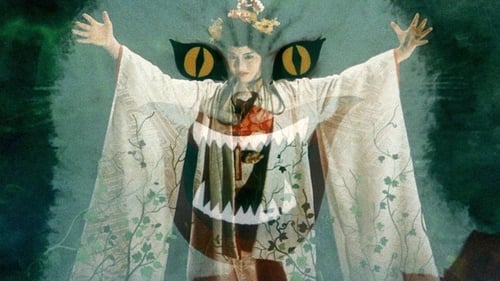
Gorgeous / Gorgeous' Mother
Siete chicas de instituto ven sus vacaciones chafadas cuando su profesor (Kiyohiko Ozaki) tiene que cancelar el viaje que tenía planeado realizar con ellas. Las cosas marchan incluso algo peor para Oshare (Kimiko Ikegami), una de las chicas, ya que recientemente su padre le ha presentado su nueva madastra (Haruko Wanibuchi), lo que no le ha hecho demasiada gracia. Mirando un álbum de fotos, Oshare se encuentra con la foto de boda de su madre a quien se la ve acompañada de su hermana (Yoko Minamida) quien nunca llegó a casarse ya que su prometido murió en la guerra. Oshare se pone en contacto con su tía y ésta la invita a ella y a sus amigas a pasar las vacaciones en su mansión en el campo. Cuando el grupo de chicas se presentan en la mansión, allí las recibe la tía de Oshare en sillas de ruedas y medio ciega. Muy pronto las chicas descubren que la mansión tiene vida propia.

San
Older brother younger sister.

Youth movie.

